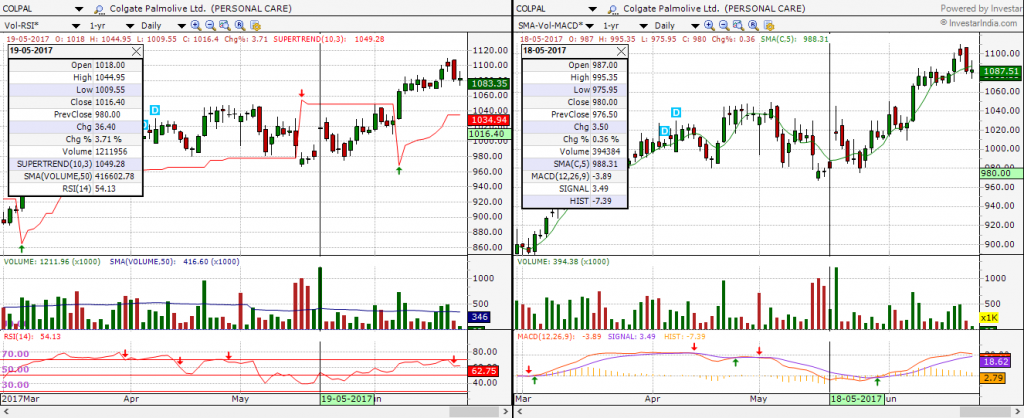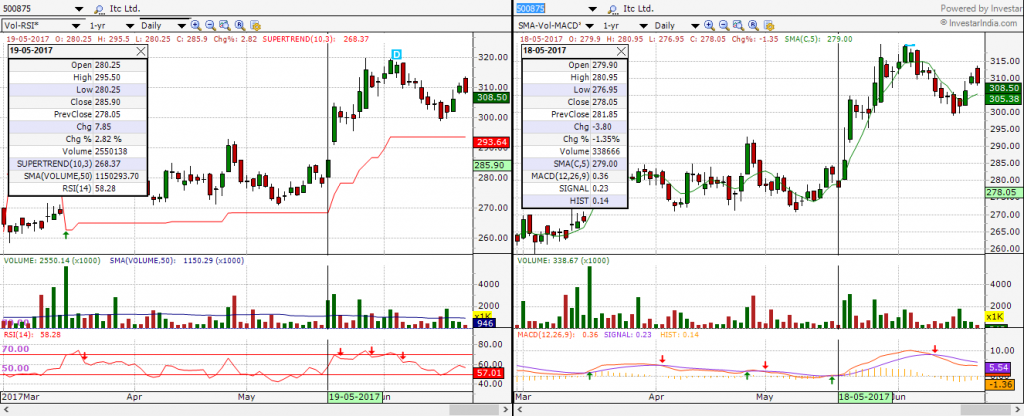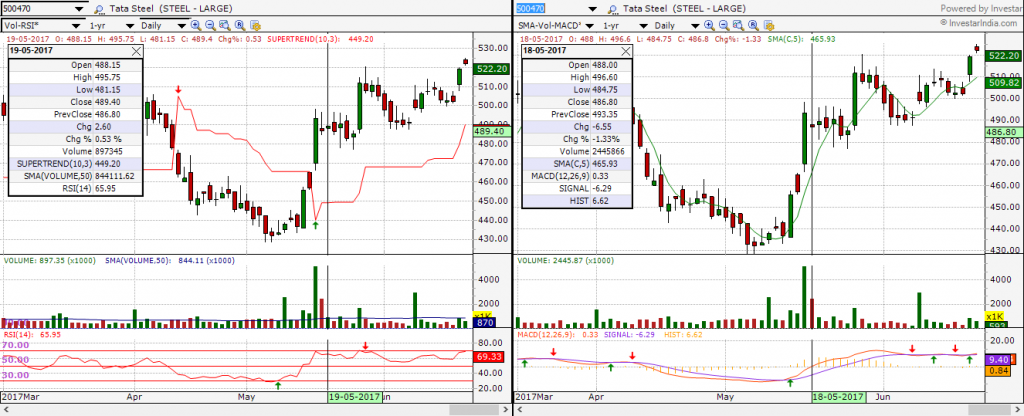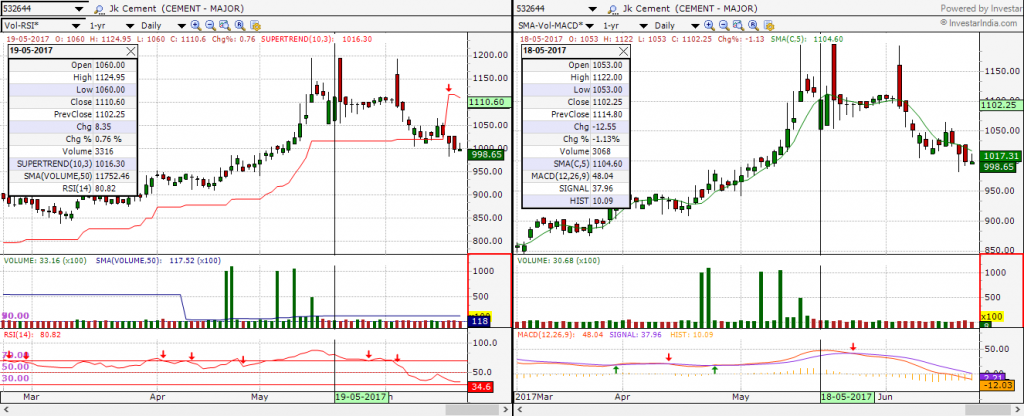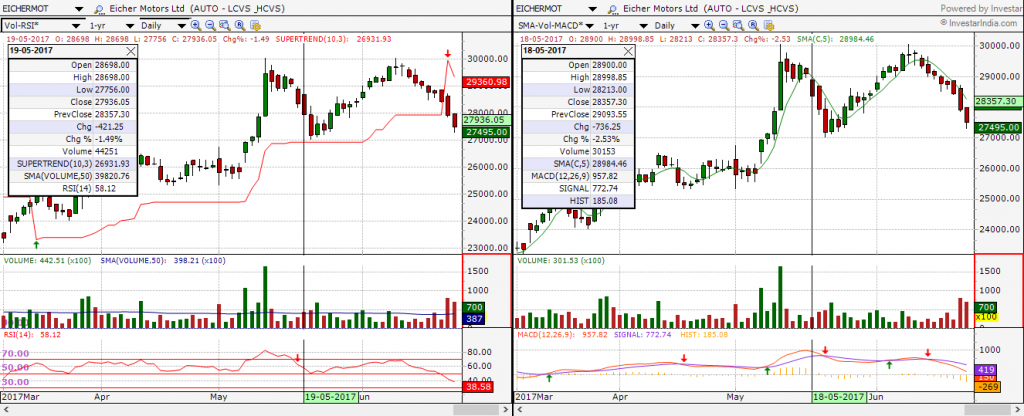The most significant tax reform of India, i.e., the GST or Goods and Services Tax, will eventually become a reality from 1st July 2017. The Lok Sabha passed on 4 significant legislations to introduce a nationwide Goods and Services Tax (GST) bringing India nearer to a uniform tax dominion and while putting an ending uncertainty which is positive for markets.
The passage of the Bills marks a major step forward in India’s plans to roll out GST from July 1. Taxes for instance excise duty, service, central sales tax, VAT (value added tax), entry tax or octroi will almost all be incorporated by the GST under one particular authority. The GST will have a ‘dual’ structure, which means it will have two components- the Central GST and the State GST.
The GST will mainly include only three kinds of taxes, Central, State and another referred to as the integrated GST to deal with inter-state dealings. The goods & services tax (GST) is advertised to be a game changer for the economic system.
Here is how the various sectors seem to have been impacted after the GST and what we think could possibly likely benefit more from the implementation of GST.
FMCG Sector
GST implementation would certainly benefit supply chain efficiency for FMCG companies like Nestle, Marico, Dabur, and Colgate. Currently, Colgate pays an effective tax of 25-26 per cent and post-GST the tax rate will get lowered to 18 per cent on toothpaste (around 80m per cent of sales), which is a big positive. Colgate might achieve market share by lowering prices, as its competitors like Patanjali and Dabur are already paying lower taxes because of tax benefits. Moreover, the anti-profiteering clause on GST means that the tax savings should also be passed on to the consumer, thus stimulating demand.
As we can see the GST Council finalized the rates on Thursday for most goods. Colgate Palmolive jumped 6.53 % on Nifty on Friday and ITC 6.27 % on the BSE.
GST on steel, metal and coal has been reduced to 5 percent, while the tax on cement has been increased from 24-25 percent to 28 percent. With key inputs like coal, iron ore pegged at 5%, which is the lowest slab under GST, steel companies like JSW Steel, Tata Steel etc., could be looking at lower input costs. On Friday, a day after GST finalised the tax rates, Tata Steel stock went up 0.53% to ₹ 489.40 on BSE.
GST India will probably have a positive effect on the cement industry and will also benefit the concrete admixtures manufacturing sector. Quite a few significant brands among cement manufacturers, such as Ultratech, JK Cement, are supposed to benefit from the new tax reform in India. On Friday, a day after GST finalized JK Cement stock went up 0 .7 % to ₹ 1110 .60 on BSE.
Both the stocks above already moved up in anticipation of the news in the 3 days prior to the GST Council meeting, hence the tepid reponse to the news.
Services
At present there is a standard 15% tax on all services. GST is going to replace this with tax divided into four slabs of 5, 12, 18, and 28%. For example, the GST on telecom is going to be 18%, higher by 3% from existing levels. IT, telecom, banking, insurance, etc may witness negative effect because of increased cost of services.
The GST is going to be merely 5% on economy flying, which can help airlines like Spice Jet and IndiGo offer a bigger push to the Udaan programme. Furthermore, stock price movement of aviation companies mainly depends upon how prices of aviation turbine fuel move. Therefore, in case crude prices go higher, share prices of aviation firms like SpiceJet tend to fall.
Automobiles
Automobiles could somewhat be a mixed bag as the tax will vary across categories. Luxury cars are going to attract 28 per cent GST plus tax of 15 per cent. Small petrol automobiles will encounter 28 per cent plus 1 per cent tax, and small diesel cars 28 per cent GST plus 3 per cent tax.
Automobile stocks for most segments will probably remain unaffected after GST implementation. New tax on diesel and petrol vehicles may effect mid-segment vehicles, which may result in gains for two-wheelers.
E-commerce
Given the importance of e-commerce in the nation’s economy, the GST law has carved out a specific chapter to regulate the manner in which transactions are conducted on e-commerce platforms.
E-commerce platforms are required to deduct tax at 2% on the value of supplies made through their platform. Thus, platforms like Flipkart and Amazon would be required to deduct tax and remit it to the government. However, since some of the vendors like Amazon have third-party sellers which would take a lot more time to get onto GST, the government took their feedback and announced that it will provide more time for entities liable to deduct tax at source/ecommerce companies and their suppliers to prepare for GST.
In conclusion, we can probably summarize the effect of GST on the overall stock market as:
The implementation of GST is anticipated to reduce the cost of logistics. This includes costs of transportation as Octroi tax will not be levied separately. The implementation of the GST is predicted to simplify the tax structure and make the supply chain more efficient. Moreover, the input credits are also meant to reduce the unorganized sector by bringing in more businesses into the tax net and hence reducing corruption. This could narrow the cost differentials between organized and unorganized sector. The organized sector would be in a better position to compete with the unorganized sector on prices.
The sectors to benefit the most might possibly be logistics, E-commerce, automobile, and FMCG among others. GST will function as a source for market uptrend but it can get capped on the sentiments of hike in government interest rate in coming months.
